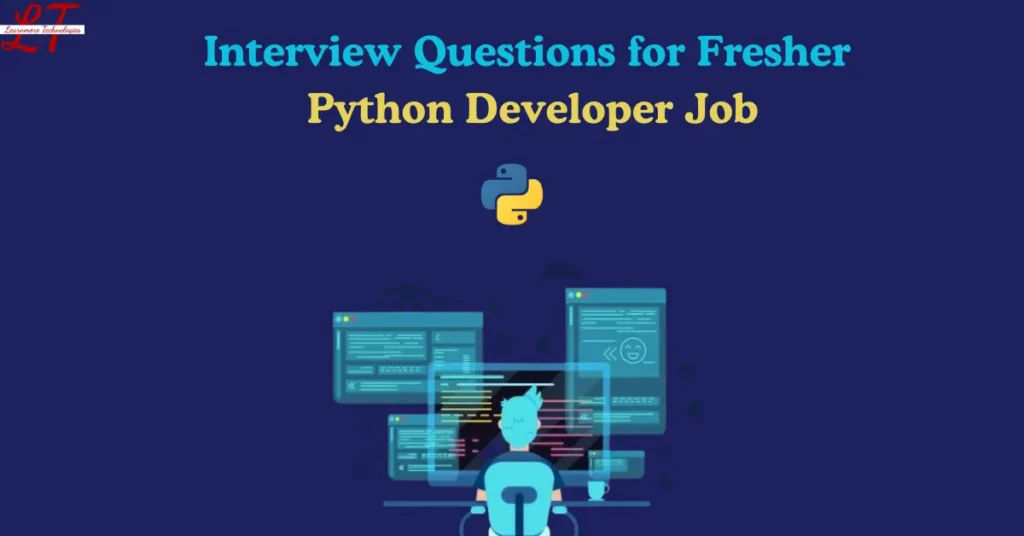Interview Questions for Python Developer Job
Preparation for a fresher Python developer interview may be tough, but with regular planning, you can be an ideal candidate. Begin by getting proficient in the basics of Python, such as data types, loops, functions, and object-oriented programming. Get practice writing neat, effective code and be familiar with fundamental problem-solving methods. Also, brush up on standard interview questions, learn how to describe your thinking process clearly, and remain current with new Python trends. Practice interviews and hands-on experience can also assist you in gaining confidence and improving your communication skills.
Here, we will discuss the top 25 Python interview questions that can be expected by freshers in 2025, along with short descriptions to assist you in preparing well. Let's begin!




